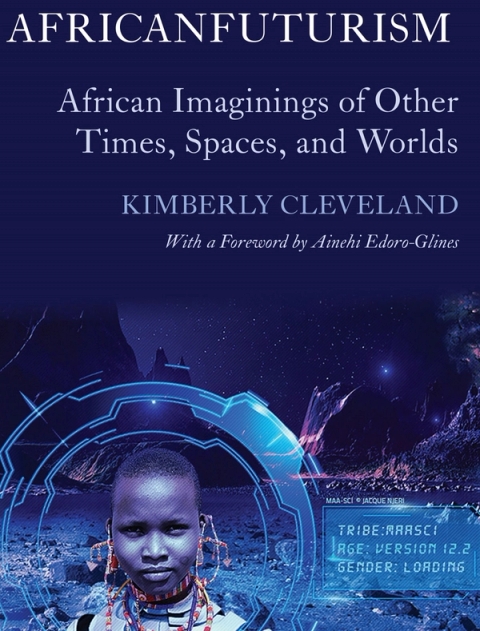My Enquiry (0)
No artwork has been selected.
Please choose an artwork to enquire.
Enquiry Submitted
Thank you for your enquiry and interest in our artists’ work. A member of the gallery team will respond shortly.
000%

Andile Dyalvane’s ‘Docks Table’ features in new book, ‘Africanfuturism: African Imaginings of Other Times, Spaces, and Worlds’
7 May 2024 (2 min) read
Andile Dyalvane’s work Docks Table (2013) is highlighted in a recently published book titled Africanfuturism: African Imaginings of Other Times, Spaces, and Worlds.
Published by Ohio University Press, this is the third publication authored by Georgia State University’s Associate Professor of Art History, Dr. Kimberly Cleveland.
The book uses Africanfuturism as an intellectual lens to explore works that embody combinations of possibilities, challenges and concerns relating to what lies ahead for the continent and its peoples. In the past few decades, Western studies of Afrofuturism have grown to encompass examples deriving from multiple sites across the diaspora, as well as from the African continent. However, an increasing number of Africans and Africanists have voiced their concerns about grouping African work under the larger umbrella of Afrofuturism without distinction and have emphasised the need to investigate the differences between African American and African production. Here, Cleveland offers an introduction to Africanfuturism—a body of African speculative works that is distinguishable from, albeit related to, US-based Afrofuturism.
The book highlights twenty-first-century film, video, painting, sculpture, photography, tapestry, novels, short stories, comic books, song lyrics, and architecture by African creatives of different nationalities, races, ethnicities, genders, and generations. Cleveland analyses the ideas and opinions of African intellectuals and cultural producers, combining interviews with historical research. Each chapter features one of Africanfuturism’s most common themes, namely: space and time exploration, creation of worlds, technology and the digital divide (the section in which Dyalvane appears), Sankofa and remix and myth-making. “Docks Table is a utilitarian artwork that embodies the ideas of movement involving people, information, and goods related to technology, in addition to change over time,” writes Cleveland of Dyalvane’s work.
The book illuminates how Africanfuturist work builds on the continent’s own traditions of speculative expression. Because these creative works disrupt the history of Western domination in Africa, Cleveland also connects Africanfuturism with the process of decolonisation and addresses specific ways in which African creatives (re)center indigenous beliefs, strategies and approaches in their production. “Africanfuturism encourages both imaginative possibilities and potential real-world outcomes, highlighting the rich contributions of Africans to the vision of future worlds,” explains Cleveland.